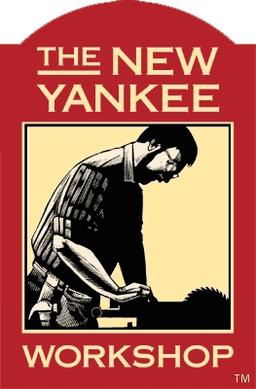

I’m partial to a desire path being “the path of least resistance”. And in that sense, it’s still a desire path because it still carves a path that gets more defined as more people use it, whether or not it’s fully developed. The second person didn’t have to choose the same path as the first, but they did. And so did the next. And so on.
I grant you, it’s kinda like the philosophical question of: how many grains make a mountain.





I read this, and thought it was kind of all over the place. Even the first “falsehood” about always immediately crashing is answered as “true for some languages but not some others”. Even the motion of superlatives in CS like “always” and “never” rarely hold, including this very sentence and almost certainly when talking about multiple programming languages.
And on that point, it’s a minor quibble, but while Go’s nil pointers are similar to C null pointers and Rust’s null raw pointers, it’s a strange thing to have the title be about falsehoods about null pointers.
But then much of the other supposed falsehoods are addressed only for the C language, such as null deference being UB or not.
I would like to see a ©itation [pun intended] for this being a supposed falsehood, since my understanding is that if an implementation uses 0x0 as the null pointer, then the check for a null pointer is to check if it’s equal to 0x0, which would require that no “thing” in C use that address.